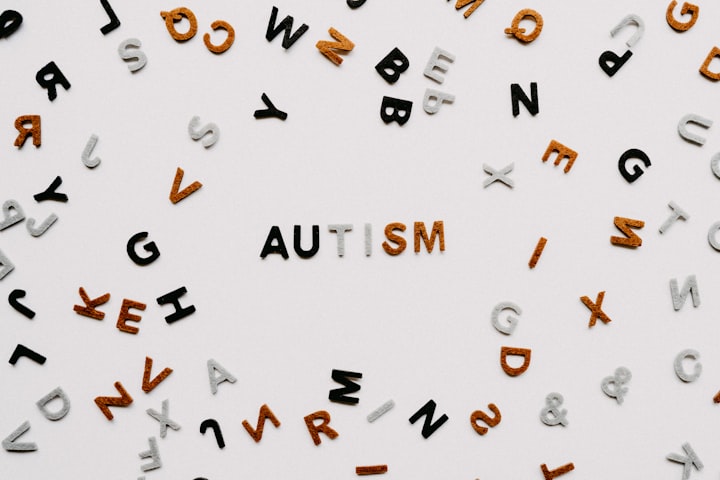How to Differentiate Between PTSD and Anxiety
How to Differentiate Between PTSD and Anxiety

Post-Traumatic Stress Disorder (PTSD) and anxiety disorders are two of the most prevalent mental health conditions worldwide. Despite sharing some symptoms, these conditions are different in their origin and treatment. In this article, we will explore the differences between PTSD and anxiety disorders, including their symptoms, causes, and treatments.
Understanding PTSD
PTSD is a mental health condition that can develop in individuals who have experienced or witnessed a traumatic event. This event can be any situation that involves actual or perceived threat to one's physical or psychological well-being, including natural disasters, accidents, military combat, sexual assault, or domestic violence.
Symptoms of PTSD can vary and may include intrusive thoughts or memories, nightmares, flashbacks, and avoidance behaviors. Additionally, people with PTSD may experience negative changes in mood and cognition, such as feelings of guilt or shame, difficulties with concentration and memory, and a sense of detachment from others.
PTSD symptoms can have a significant impact on an individual's daily life, causing distress, impairment in social relationships, and work or school functioning. PTSD is often accompanied by other mental health conditions, including depression, substance abuse, and anxiety disorders.
Understanding Anxiety Disorders
Anxiety disorders are a group of mental health conditions characterized by excessive and persistent feelings of fear, worry, and nervousness that interfere with daily life. Anxiety disorders are the most common mental health disorders, affecting approximately 40 million adults in the United States alone.
There are several types of anxiety disorders, including generalized anxiety disorder (GAD), panic disorder, social anxiety disorder, and specific phobias. Each type of anxiety disorder has its own specific symptoms, but some common signs include excessive worry or fear, restlessness, fatigue, muscle tension, and difficulty concentrating.
Anxiety disorders can be mild or severe and can affect different aspects of an individual's life. For example, people with social anxiety disorder may have difficulty socializing and forming relationships, while those with specific phobias may avoid certain situations or objects.
PTSD vs. Anxiety Disorders: What's the Difference?
Although PTSD and anxiety disorders share some symptoms, there are some significant differences between the two conditions.
The most obvious difference is that PTSD is typically related to a specific traumatic event, while anxiety disorders are not necessarily tied to a specific event. Additionally, PTSD symptoms tend to be more severe and persistent than anxiety disorder symptoms.
Another difference is the type of fear or anxiety experienced. In PTSD, fear is related to the trauma experienced, while anxiety disorders involve excessive fear or worry about everyday situations.
Treatment for PTSD and Anxiety Disorders
Both PTSD and anxiety disorders are treatable conditions, but the treatments differ depending on the condition and the severity of symptoms.
For anxiety disorders, psychotherapy is often the first line of treatment. Cognitive-behavioral therapy (CBT) is a type of therapy that is highly effective in treating anxiety disorders. This therapy aims to change negative thought patterns and behaviors associated with anxiety and can help individuals learn coping strategies to manage their symptoms.
Medications may also be prescribed to treat anxiety disorders, such as selective serotonin reuptake inhibitors (SSRIs) or benzodiazepines. However, these medications are usually reserved for individuals with moderate to severe symptoms or those who do not respond to psychotherapy.
PTSD treatment usually involves a combination of psychotherapy and medication. Exposure therapy is a type of therapy that is highly effective in treating PTSD. This therapy involves gradually exposing individuals to the trauma they experienced in a safe and controlled environment, allowing them to confront and process their fears.
Medications, including antidepressants and anti-anxiety medications, may also be prescribed to treat PTSD. However, these medications are typically used in conjunction with psychotherapy.





Comments
There are no comments for this story
Be the first to respond and start the conversation.